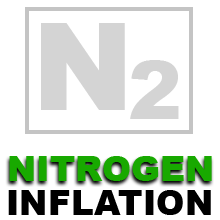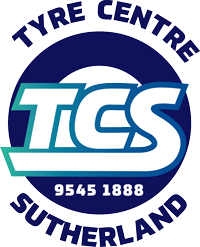
The air we breathe (and the normal compressed air used to inflate tyres) contains 78% Nitrogen, 21% Oxygen and 1% other gasses. Purified nitrogen has been used to inflate the tyres of racing cars, aircraft and heavy commercial vehicles for some time. However it is only relatively recently that it has come to use in normal passenger cars.
The use of nitrogen in passenger car tyres can produce benefits, such as:
BETTER TYRE PERFORMANCE
Tyres perform their best when they are inflated to the recommended tyre pressure for the application. Not only can nitrogen assist in maintaining the correct tyre pressure for longer, the large reduction of other gases and water vapour found in your tyres result in a more consistent pressure at higher operating temperatures. Many motor racing teams will only use nitrogen in their tyres for this reason.
LONGER TYRE LIFE
Tyres inflated to the correct tyre pressure roll with less friction thus reducing the physical wear on the tyre. Nitrogen also assists with the elimination of oxygen and water vapour from the tyre which can cause both corrosion of the rim and oxidation of the tyre casing. This is an important factor for tyres that require a longer service life or for vehicles in continuous operation such as the transportation and mining industries.
Using nitrogen does not remove or reduce the need to check tyre pressures as the risk of a puncture or slow leak is not altered. Nitrogen cannot replace regular tyre maintenance. Regardless of what inflation gas is used, maximum tyre life will only be achieved if the vehicle and tyres are properly maintained. That means regular checking of tyre pressures, wheel balance and alignment.
